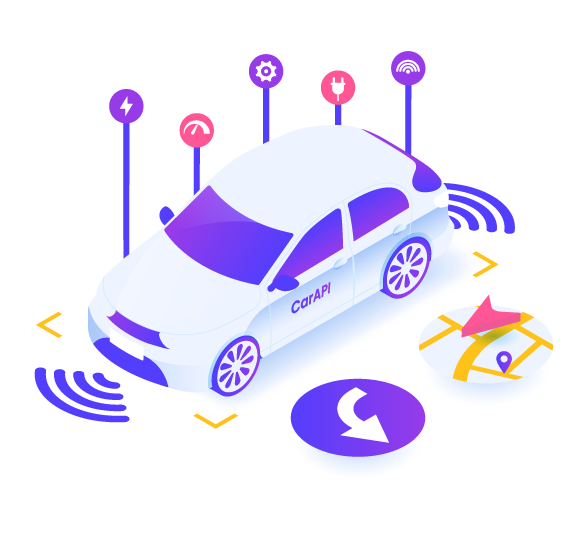3 Advantages Of Using An API For Vehicle Type Data
Do you want to know the advantages of using an API for vehicle type data? In this article we will tell you more about it and recommend one!
In the automotive industry, vehicle type data is essential. This data can be used to classify different types of automobiles, trucks, and vans. It also helps in determining the appropriate parts and components that are required for repair or maintenance work.
Vehicle type APIs are used by many people in the automotive industry. These APIs are used by many people in the automotive industry. They provide information on various types of vehicles, such as automobiles, trucks, and vans. They also provide information on various components, such as engines and brakes.
Benefits Of Using Vehicle Type Data
There are many benefits of using vehicle type data. First, it allows you to better understand your customers. Fisrty, this can be used to improve marketing campaigns, product development, and customer service. Second, it can be used to create a better user experience. This can be done by tailoring the user interface to the needs of different types of users. Finally, it can be used to create better products and services. This can be done by understanding the needs of different types of users.
Advantages Of Using An API
There are many advantages of using an API for vehicle type data.
First, it allows you to access up-to-date information on various types of vehicles.
Second, it allows you to easily integrate this data into your own applications and websites.
Third, it allows you to easily update this data whenever there are changes. And last but not least, it is easy to use.
A vehicle application can communicate with other platforms or applications using an application programming interface (API) for car data. These APIs may include vehicle identifying numbers (VINs), information about the production process, technical characteristics, costs, and a wide range of additional data.
Service and repair is a crucial use case for automobile data APIs. Repair shops used to have libraries of repair manuals that were updated with each new model before automotive data APIs. Now, mechanics use the VIN or YMM to access this data from the vehicle database (Year Make Model). A list of potential fixes, spare part numbers, and other servicing details are provided via the car data API.
Exchanges of various API-based data sets are becoming more and more crucial for digital mobility services. Service providers can get data about a vehicle’s position, mileage, fuel consumption, and other indicators using automotive data APIs without the help of a person. This results in a smoother customer experience and lower operating costs.
Use Vehicle Type Classification AP, it the perfect API you can use
It can recognize different autos that might be present in a given photograph thanks to a well-trained machine-learning system, which is called Vehicle Type Classification API.
What your API delivers (input/output) and what this API receives (input/output)?
You may get a list of all the potential items in an image just by giving the Image URL.
A confidence score ranges from 0 to 1. The more closely a value approaches 1, the better the AI is able to identify the object in the image.
Label: The name of the object the AI has identified on the image will be provided to you.
What are this API’s most typical use cases?
Vehicle Type Classification API is perfect for organizations with significant image collections that need to organize unstructured data by object.
Excellent API for auto dealers who need to group their photos by type of vehicle.
develop an app that is capable of quickly and accurately recognizing items.
To make use of it, you must first:
1- Go to Vehicle Type Classification API and simply click on the button “Subscribe for free” to start using the API.
2- After signing up in Zyla API Hub, you’ll be given your personal API key. Using this one-of-a-kind combination of numbers and letters, you’ll be able to use, connect, and manage APIs!
3- Employ the different API endpoints depending on what you are looking for.
4- Once you meet your needed endpoint, make the API call by pressing the button “run” and see the results on your screen.


